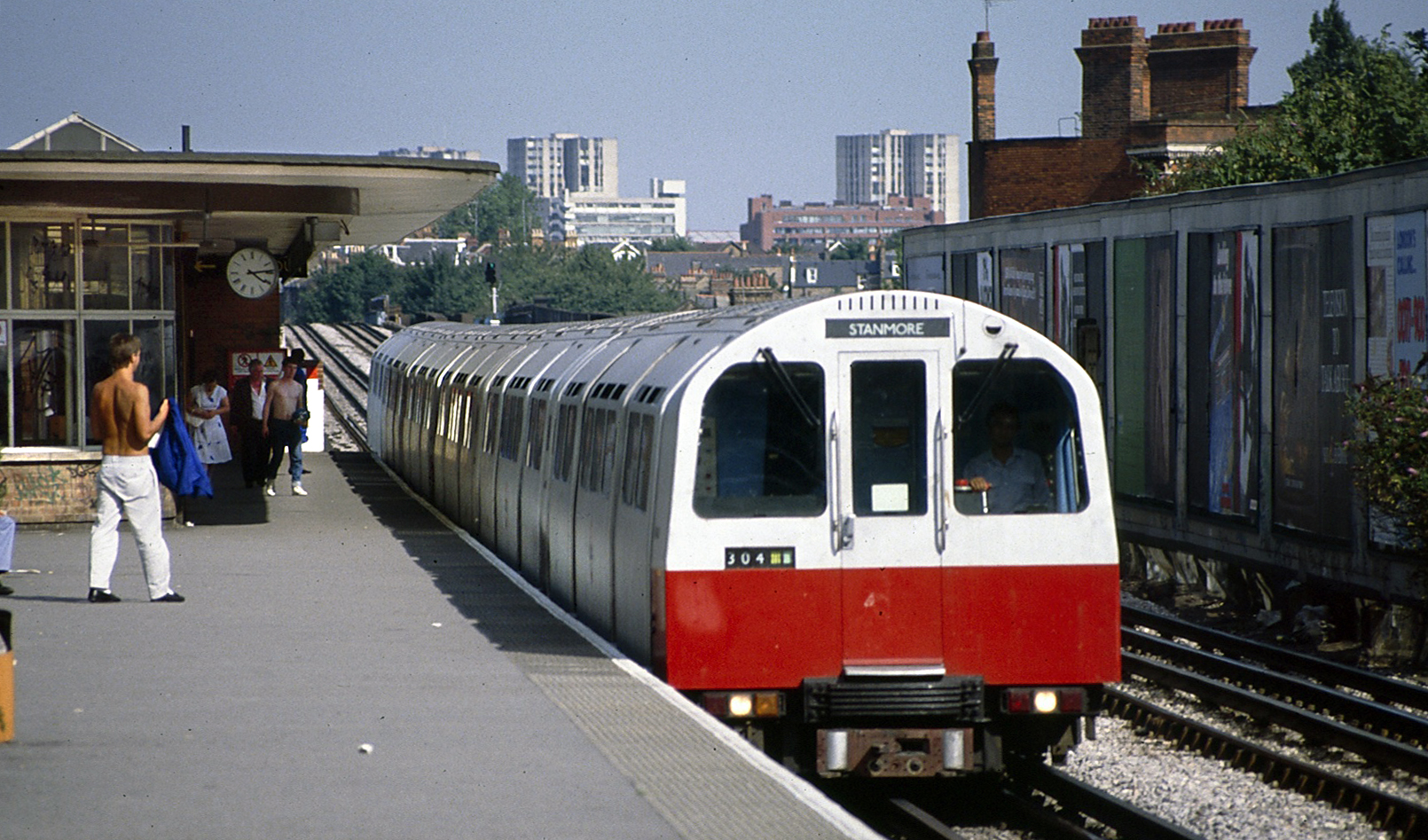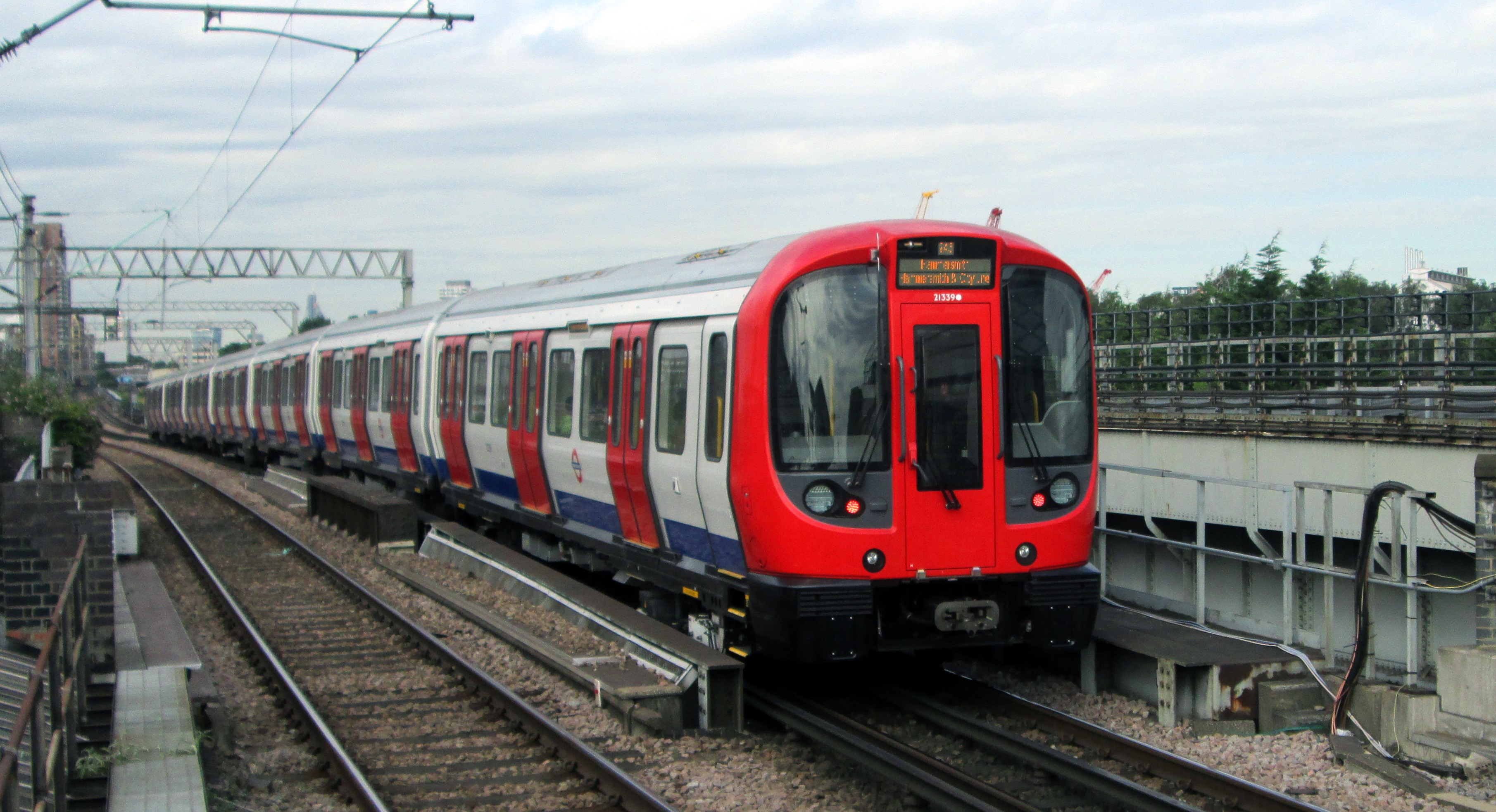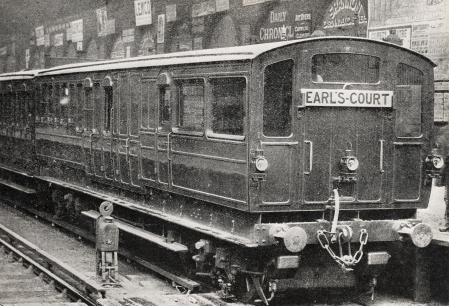|
Changing Stations
''Changing Stations'' is a classical-contemporary concept album by British composer Daniel Liam Glyn, released on 28 October 2016 via Caravan Boy Records. The album's first single, "Monday", was released to digital music retailers on 16 September 2016. Background and release Shortly after graduating from The University of Salford, Glyn relocated to London and began seeking inspiration for a collection of new piano pieces to coincide with his neurological condition, Synaesthesia. Glyn soon began to study the London Underground tube map and felt a connection between his Synaesthesia and each of the tube lines colours, and decided to study them in more detail to gain a better understanding of each line and their contrasting atmospheres and type of commuter. Work on the compositions began in late 2012 and concluded in 2014. The eleven tracks featured on the album are based on each of the London Underground's main tube lines: Bakerloo, Central, Circle, District, Hammersmith an ... [...More Info...] [...Related Items...] OR: [Wikipedia] [Google] [Baidu] |
Daniel Liam Glyn
Daniel Liam Glyn (born 3 October 1986) is a British music composer. He is most known for combining his music writing with his neurological condition, synaesthesia. Glyn's work has been heavily influenced by his unique way of visualising numbers, letters, and words in his mind with specific colours, and was the inspiration for his first album, ''Changing Stations''. Glyn founded Caravan Boy Records in 2016. Glyn is the great-nephew of the late Welsh footballer Ray Lambert who played for Liverpool between 1939 and 1956. Career 2015-2017: ''Changing Stations'' ''Changing Stations'' is a classical-contemporary music project based on the 11 main lines of the London Underground and composed using Grapheme–colour synesthesia. The idea began when Glyn graduated from university and subsequently moved to London. After being inspired by the London Underground Map, he decided to write 11 pieces for piano based on each main line of the underground network Glyn added vocal clips of Un ... [...More Info...] [...Related Items...] OR: [Wikipedia] [Google] [Baidu] |
A Major
A major (or the key of A) is a major scale based on A, with the pitches A, B, C, D, E, F, and G. Its key signature has three sharps. Its relative minor is F-sharp minor and its parallel minor is A minor. The key of A major is the only key where the Neapolitan sixth chord on (''i.e.'' the flattened supertonic) requires both a flat and a natural accidental. The A major scale is: : In the treble, alto, and bass clefs, the G in the key signature is placed higher than C. However, in the tenor clef, it would require a ledger line and so G is placed lower than C. History Although not as rare in the symphonic literature as sharper keys (those containing more than three sharps), symphonies in A major are less common than in keys with fewer sharps such as D major or G major. Beethoven's Symphony No. 7, Bruckner's Symphony No. 6 and Mendelssohn's Symphony No. 4 comprise a nearly complete list of symphonies in this key in the Romantic era. Mozart's Clarinet Concerto ... [...More Info...] [...Related Items...] OR: [Wikipedia] [Google] [Baidu] |
G Minor
G minor is a minor scale based on G, consisting of the pitches G, A, B, C, D, E, and F. Its key signature has two flats. Its relative major is B-flat major and its parallel major is G major. According to Paolo Pietropaolo, it is the contrarian of musical keys. It is smart, argumentative, and stubborn. The G natural minor scale is: : Changes needed for the melodic and harmonic versions of the scale are written in with accidentals as necessary. The G harmonic minor and melodic minor scales are: : : Mozart's use of G minor G minor has been considered the key through which Wolfgang Amadeus Mozart best expressed sadness and tragedy, and many of his minor key works are in G minor, such as Piano Quartet No. 1 and String Quintet No. 4. Though Mozart touched on various minor keys in his symphonies, G minor is the only minor key he used as a main key for his numbered symphonies ( No. 25, and the famous No. 40). In the Classical period, symphonies in G minor almos ... [...More Info...] [...Related Items...] OR: [Wikipedia] [Google] [Baidu] |
Waterloo And City Line
The Waterloo & City line, colloquially known as The Drain, is a London Underground shuttle line that runs between Waterloo and Bank with no intermediate stops. Its primary traffic consists of commuters from south-west London, Surrey and Hampshire arriving at Waterloo main line station and travelling forward to the City of London financial district. For this reason, the line has historically not operated on Sundays or public holidays, except in very limited circumstances. However, following the COVID-19 pandemic, the line is currently only open on weekdays. It is one of only two lines on the Underground network to run completely underground, the other being the Victoria line. Printed in turquoise on the Tube map, it is by far the shortest line on the Underground network, being long, with an end-to-end journey lasting just four minutes. In absolute terms, it is the least-used Tube line, carrying just over 15 million passengers annually. However, in terms of the average nu ... [...More Info...] [...Related Items...] OR: [Wikipedia] [Google] [Baidu] |
Victoria Line
The Victoria line is a London Underground line that runs between in south London and in the north-east, via the West End. It is printed in light blue on the Tube map and is one of the only two lines on the network to run completely underground, the other being the Waterloo & City line. The line was constructed in the 1960s and was the first entirely new Underground line in London for 50 years. It was designed to reduce congestion on other lines, particularly the Piccadilly line and the branch of the Northern line. The first section, from Walthamstow Central to , opened in September 1968 and an extension to followed in December. The line was completed to Victoria station in March 1969 and was opened by Queen Elizabeth II who rode a train from Green Park to Victoria. The southern extension to Brixton opened in 1971, and Pimlico station was added in 1972. The Victoria line is operated using automatic train operation, but all trains have drivers. The 2009 Tube Stock rep ... [...More Info...] [...Related Items...] OR: [Wikipedia] [Google] [Baidu] |
Piccadilly Line
The Piccadilly line is a deep-level London Underground line running from the north to the west of London. It has two branches, which split at Acton Town, and serves 53 stations. The line serves Heathrow Airport, and some of its stations are near tourist attractions such as Piccadilly Circus and Buckingham Palace. The District and Metropolitan lines share some sections of track with the Piccadilly line. Printed in dark blue (officially "Corporate Blue", Pantone 072) on the Tube map, it is the fourth busiest line on the Underground network, with over 210 million passenger journeys in 2011/12. The first section, between Finsbury Park and Hammersmith, was opened in 1906 as the Great Northern, Piccadilly and Brompton Railway (GNP&BR). The station tunnels and buildings were designed by Leslie Green, featuring ox-blood terracotta facades with semi-circular windows on the first floor. When Underground Electric Railways of London (UERL) took over the line, it was renamed the Piccadil ... [...More Info...] [...Related Items...] OR: [Wikipedia] [Google] [Baidu] |
Northern Line
The Northern line is a London Underground line that runs from North London to South London. It is printed in black on the Tube map. The Northern line is unique on the Underground network in having two different routes through central London, two southern branches and two northern branches. Despite its name, it does not serve the northernmost stations on the Underground, though it does serve the southernmost station at , the terminus of one of the two southern branches. The line's northern termini, all in the London Borough of Barnet, are at and ; is the terminus of a single-station branch line off the High Barnet branch. The two main northern branches run south to join at where two routes, one via in the West End and the other via in the City, continue to join at in Southwark. At Kennington, the line again divides into two branches, one to each of the southern termini at , in the borough of Merton, and in Wandsworth. For most of its length it is a deep tube line. The por ... [...More Info...] [...Related Items...] OR: [Wikipedia] [Google] [Baidu] |
Metropolitan Line
The Metropolitan line, colloquially known as the Met, is a London Underground line between in the City of London and and in Buckinghamshire, with branches to in Hertfordshire and in Hillingdon. Printed in magenta on the tube map, the line is in length and serves 34 stations (9 of which are step free). Between Aldgate and , the track is mostly in shallow "cut and cover" tunnels, apart from short sections at and Farringdon stations. The rest of the line is above ground, with a loading gauge of a similar size to those on main lines. Just under passenger journeys were made on the line in 2011/12. The line is one of just two Underground lines to cross the Greater London boundary (the other being the Central line). It is the only Underground line with an express service at peak times; the resulting longer distance between stations means trains can achieve the system's highest speeds of over on some sections. In 1863, the Metropolitan Railway began the world's first undergr ... [...More Info...] [...Related Items...] OR: [Wikipedia] [Google] [Baidu] |
Jubilee Line
The Jubilee line is a London Underground line that runs between in east London and in the suburban north-west, via the Docklands, South Bank and West End. Opened in 1979, it is the newest line on the Underground network, although some sections of track date back to 1932 and some stations to 1879. The western section between and was previously a branch of the Metropolitan line and later the Bakerloo line, while the newly built line was completed in two major sections: initially in 1979 to , then in 1999 with an extension to Stratford. The later stations are larger and have special safety features, both aspects being attempts to future-proof the line. Following the extension to east London, serving areas once poorly connected to the Underground, the line has seen a huge growth in passenger numbers and is the third-busiest on the network (after the Northern and Central lines), with over 213 million passenger journeys in 2011/12. Between and the Jubilee line shares its r ... [...More Info...] [...Related Items...] OR: [Wikipedia] [Google] [Baidu] |
Hammersmith And City Line
The Hammersmith & City line is a London Underground line that runs between Hammersmith in west London and in east London. Printed in pink on the Tube map, it serves 29 stations over . Between and it skirts the City of London, the capital's financial heart, hence the line's name. Its tunnels are just below the surface and are a similar size to those on British main lines. Most of the track and all stations are shared with either the District, Circle, or Metropolitan lines. Over 114 million passenger journeys are made each year on the Hammersmith & City and Circle lines. In 1863, the Metropolitan Railway began the world's first underground railway service between and Farringdon with wooden carriages hauled by steam locomotives. The following year, a railway west from Paddington to Hammersmith was opened and this soon became operated and owned jointly by the Metropolitan and Great Western Railway companies. The line was then extended to the east, in stages, reaching the Ea ... [...More Info...] [...Related Items...] OR: [Wikipedia] [Google] [Baidu] |
District Line
The District line is a London Underground line running from in the east and Edgware Road in the west to in west London, where it splits into multiple branches. One branch runs to in south-west London and a short branch, with a limited service, only runs for one stop to . The main route continues west from Earl's Court to after which it divides again into two western branches, to Richmond and . Printed in green on the Tube map, the line serves 60 stations (more than any other Underground line) over . It is the only Underground line to use a bridge to traverse the River Thames, crossing on both the Wimbledon and Richmond branches. The track and stations between and are shared with the Hammersmith & City line, and between and and on the Edgware Road branch they are shared with the Circle line. Some of the stations between and are shared with the Piccadilly line. Unlike London's deep-level lines, the railway tunnels are just below the surface, and the trains are of a si ... [...More Info...] [...Related Items...] OR: [Wikipedia] [Google] [Baidu] |





